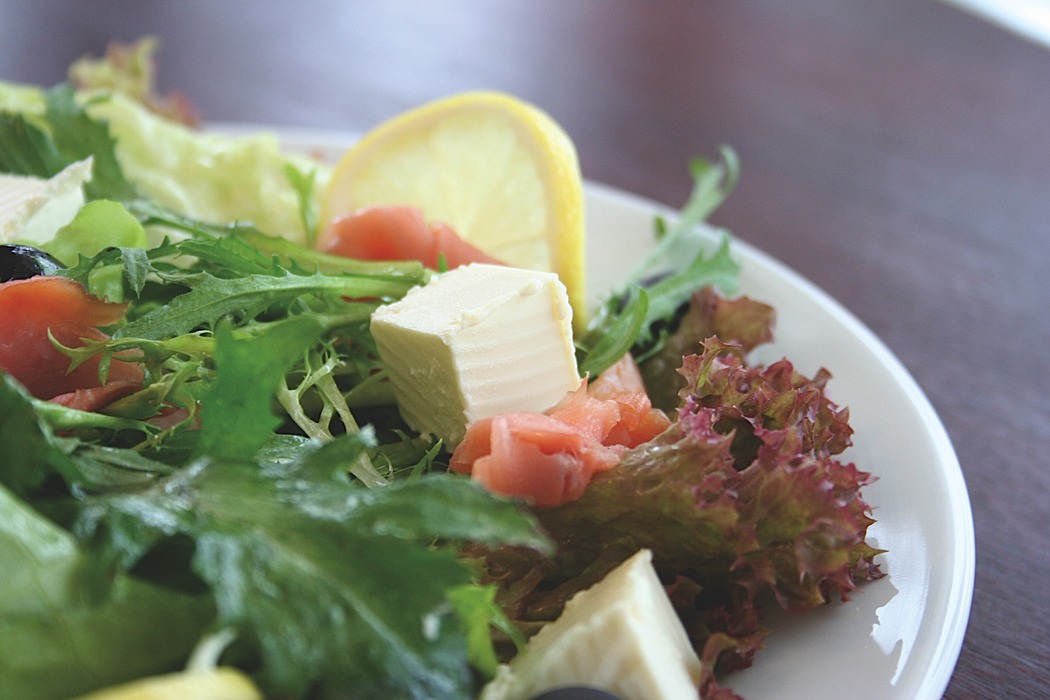Vincent Rahming
Contributor
When you’re trying to eat healthy and lose weight, what’s the first thing you put in your diet? Salad. However, even a crisp garden salad can lose its nutritional value with poor choices.

“It’s what you put on the salad or add to it that can make the salad a bad food choice,” says Kevin Petrov, a nutritionist at Premier Fitness Club.
Creamy or sugar-filled salad dressings, fatty meats, high-calorie cheeses, and croutons can easily add hundreds of calories and bad fats to a salad, putting it on par with junk food.
“You need to know the calorie content of your salad dressings,” says Petrov. “Vinaigrette dressings tend to be much lower in calories than creamy dressings like ranch and blue cheese. Also, when you’re adding meats to a salad, you want to choose lean meats such as salmon or grilled chicken and avoid fatty meats like bacon or fried chicken.”
Salads that consist primarily of lettuce, spinach, or other raw vegetables are usually low in calories and packed with essential vitamins such as vitamin C, vitamin B6, and vitamin E.
Considering most vegetables in salads are eaten raw, key nutrients that can be lost through cooking are retained for maximum health benefits. Green salads are also an excellent source of fibre, which can assist with regular bowel movements and promote a healthy digestive system.
“A salad can either be a portion of a meal or a full balanced meal containing the four major food groups: protein, carbohydrates, fats and fruits and vegetables,” says Petrov.
When dining out, a simple green salad eaten before the main course can help prevent overeating and gives a feeling of fullness. As a part of the main meal, a salad or fruits and vegetables should cover one half of the plate compared to the third of the plate for protein and another third for carbohydrates.
Homemade or Purchased?
While many eateries, including fast food joints, offer salads, Petrov says the best are made at home.
“Homemade salads are the best because they are fresh and you know what ingredients you’re putting in,” he says. “Some of the salads you can purchase out there contain more than 600 calories and can really sabotage your weight loss efforts. At home you can choose healthy ingredients or even make your own low-calorie dressings. For example, you can use olive oil and balsamic vinegar.”


